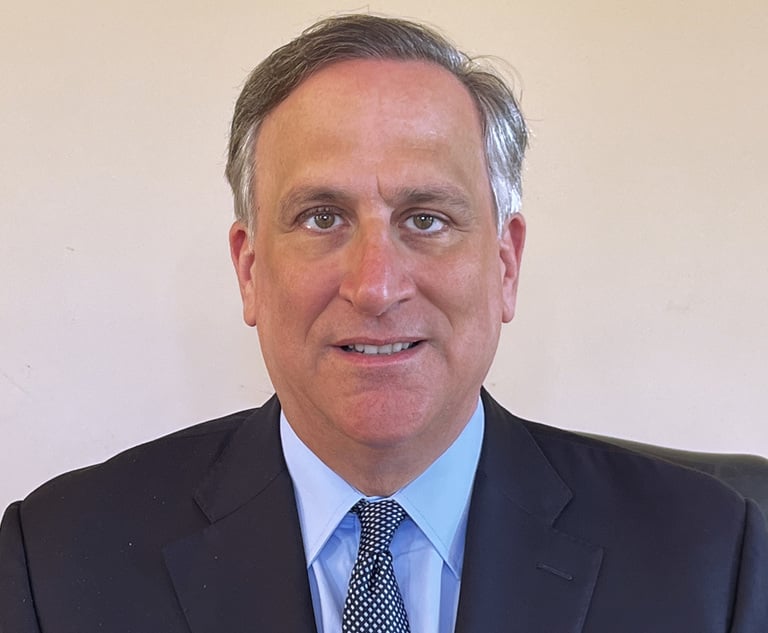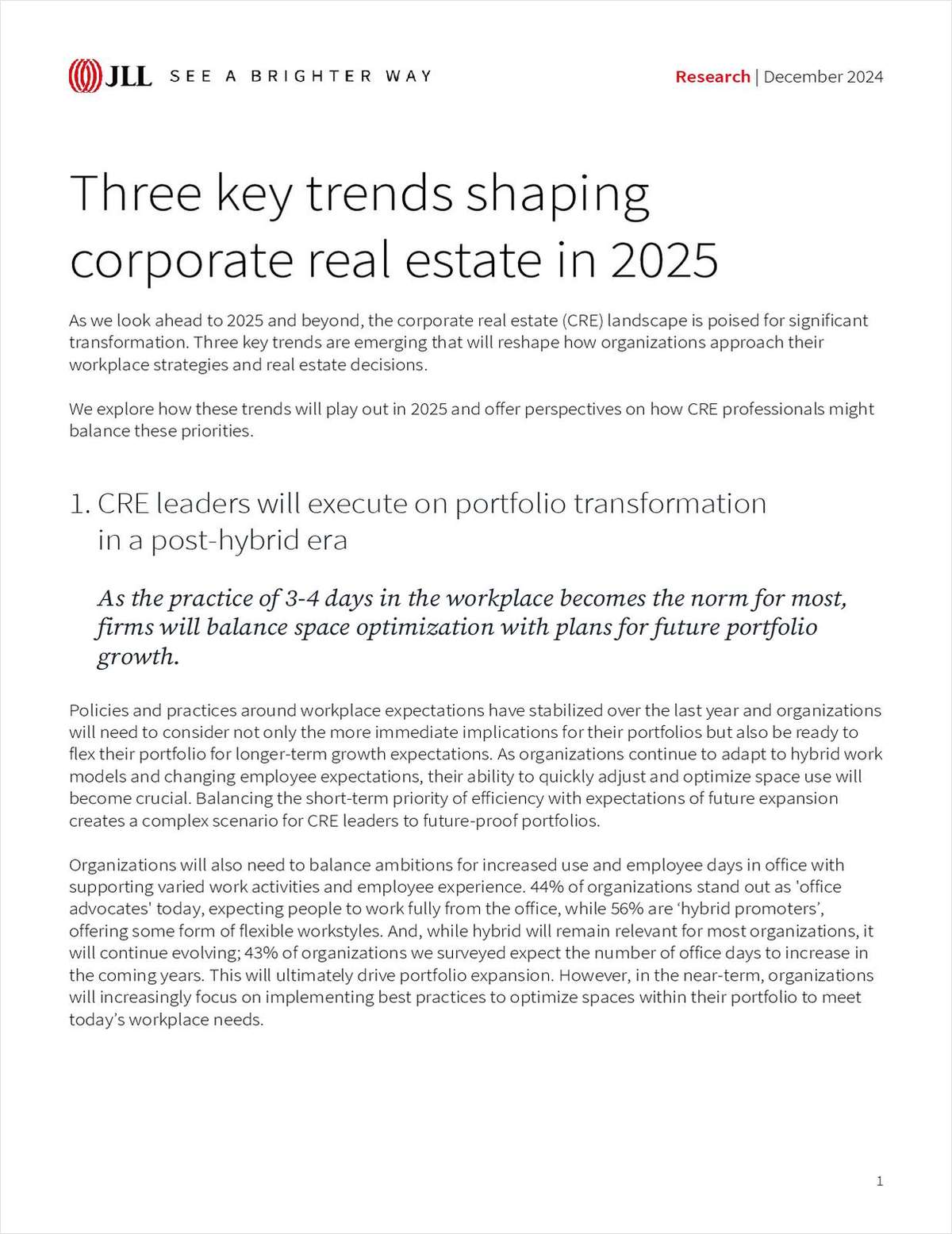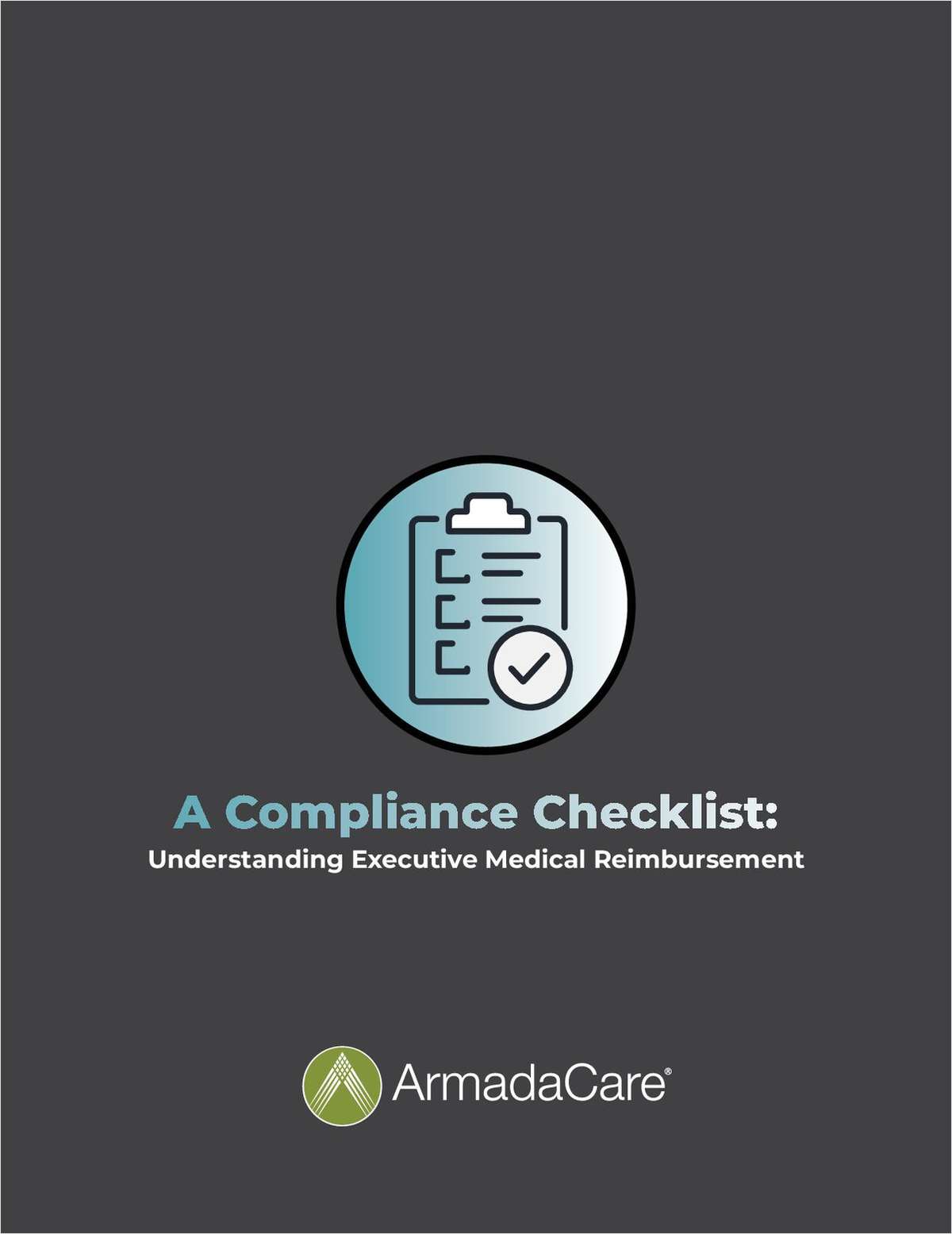Prison Reform in the Time of COVID-19
We applaud the recent release of more than 700 inmates since COVID-19 first struck Connecticut, the largest one-month reduction in the prison population in state history. But more needs to be done.
April 14, 2020 at 03:17 PM
7 minute read
 Just a few weeks ago, the Connecticut Criminal Defense Lawyers Association (CCDLA) and Four Named Individuals brought an action against Governor Lamont and Rollin Cook, the Commissioner of Correction, seeking by way of relief a plan for court review addressing, inter alia, sanitation, conditions of confinement, housing and medical treatment, as well as the immediate release to a medical facility for treatment of all those people having the CDC heightened risk factors for serious illness or death from COVID-19. The lawsuit also seeks an immediate reduction of the population density at each Department of Correction (DOC) facility in which inmates are confined.
Just a few weeks ago, the Connecticut Criminal Defense Lawyers Association (CCDLA) and Four Named Individuals brought an action against Governor Lamont and Rollin Cook, the Commissioner of Correction, seeking by way of relief a plan for court review addressing, inter alia, sanitation, conditions of confinement, housing and medical treatment, as well as the immediate release to a medical facility for treatment of all those people having the CDC heightened risk factors for serious illness or death from COVID-19. The lawsuit also seeks an immediate reduction of the population density at each Department of Correction (DOC) facility in which inmates are confined.
The plan advanced is consistent with recommendations by the advocacy community (The Vera Institute, The Justice Collaborative and the National Legal Aid & Defender Association, among others) and the population reduction relief sought mirrors that requested in other lawsuits. Just recently, the American Civil Liberties Union (ACLU) of the District of Columbia and the Public Defender Service for the District of Columbia sued the D.C. Department of Corrections seeking immediate relief for alleged unconstitutional conditions for all individuals housed at the jail and its adjacent custodial treatment facility. According to the ACLU, these lawsuits follow on the heels of orders by governors and mayors in several jurisdictions across the country to significantly reduce prison and jail populations.
In New York City, more than 1,000 inmates will soon be released as a result of the New York City Board of Correction calling on the city to "immediately remove from jail all people at higher risk from COVID-19 infection." Facilities in California, Ohio, Montana, Maine, Texas, Pennsylvania, Tennessee, Washington, Oregon and Michigan have all granted some type of early or temporary release in response to the public health crisis.
Very ably represented by the ACLU Foundation and members of the Allard K. Lowenstein Int'l Human Rights Clinic and Jerome N. Frank Legal Services Organization, the plaintiffs go to great lengths to identify every executive order aimed at mitigating the impact of the COVID -19 pandemic, as they point out that none is directed to a prison setting despite the fact that public health experts have warned that prisons are extremely high-risk surroundings for the virus' spread. The complaint describes how the correctional facilities already have limited health care resources, how they are linked to surrounding communities by employees and contractors moving in and out of them, thereby putting others at risk, and how the risk to incarcerated people is heightened by DOC's facilities' lack of capacity to safely house people at current densities. The Department's medical staff have warned about possible systemic failure; they've identified ways they've struggled to provide adequate medical care to the people they are responsible for; and they've cautioned how staff will certainly be overrun when the virus begins spreading inside the facilities.
The population reduction they seek focuses on a segment of the total prison/jail population:
Approximately 200 people are being held on a bail of $50,000 or less, that is, they are in jail awaiting trial and so presumed innocent but exposed to a highly dangerous congregate living situation for lack of the $5,000 or smaller ten percent cash bond;
Approximately 4,000 of the roughly 12,000 people in Connecticut prisons are within ninety days of their sentence end, by which time the pandemic is still likely to be alive and well;
Approximately 1,100 people are incarcerated for technical violations of parole or probation;
Approximately 3,300 people are parole-eligible.
In addition, the plaintiffs point out that Connecticut's prison population is aging. Nearly 600 of the people in state custody are age sixty or older, a factor that the CDC has identified as a risk for severe complications from a COVID-19 infection. Generally speaking, these individuals pose the least risk to the public, yet are most at risk of serious illness or death.
Across the country, when compared with whites, blacks account for a higher proportion of positive coronavirus tests than they represent in the general population. Black people are overrepresented compared with white people among those who have tested positive for the virus in Connecticut, the Las Vegas area, Detroit, Chicago, and the Metro D.C. region. (Much to the dismay of public health and civil rights activists, many other states—California, New Jersey, New York and Washington—have not yet provided statewide information about the race of patients.)
The threat to the health and lives of Connecticut's incarcerated population falls disproportionately on black prisoners, who compose just over 43% of the state's prison population, and Latino prisoners, who compose just under 27% of the state's prison population. Many of them suffer from chronic, pre-existing medical conditions that elevate their risk of severe illness or death from COVID-19. These conditions include asthma, diabetes, hypertension and diseases that compromise the immune system. For those black and Latino inmates, their incarceration, however short, can indeed be a death sentence.
The state has filed a motion to dismiss raising, inter alia, issues of standing and jurisdiction, and following a response memo of law by the plaintiffs, the trial court will rule. But regardless of how the court decides the fate of the lawsuit, applying well settled principles of law, those of us who have spent time in the facilities are confident that the problem the lawsuit identifies is both obvious and real and the danger to inmates and staff is acute. Just last week a fight broke out at one of the larger correctional institutions resulting in the transfer of more than 100 inmates, including 19 who were found to be organizing hunger strikes, and there have been work stoppage protests inside the prison in response to the state's handling of the COVID-19. The department has introduced a COVID tracker on its website that shows the number of staff members within the prison system who have tested positive for the virus as well as the number of inmates who have been tested, but a number of test results are still pending. The response by the administration needs to be comprehensive and as widespread as the virus.
Following the trajectory of other correctional systems, we know that Connecticut has a limited time within which to act to prevent the virus from taking over its facilities and contributing to a statewide overload on hospital beds. The threat to incarcerated individuals that affects DOC staff is real and its consequences potentially devastating. While many facilities may try to impose segregation, isolation, and lockdown as a solution, jails and prisons are generally congregate settings that simply do not have the infrastructure to contain COVID-19, and even if DOC could apply that approach, the growing understanding of the grave mental and physical impacts of solitary confinement on people counsel against it.
We applaud the recent release of more than 700 inmates since COVID-19 first struck Connecticut, the largest one-month reduction in the prison population in state history. According to the Department of Correction, all of the inmates who have been let out were approved for early release but the department has expedited the process in light of the public health crisis. But the categories of people whose release is consistent with public safety—pre-trial detainees with low bonds, persons incarcerated who are within weeks of release, those incarcerated with technical violations of parole or probation, those inmates who qualify for compassionate release because they are elderly or immunocompromised—likely include thousands. The Department could rely on house arrest, electronic monitoring, or other measures necessary for the balance of the term of incarceration. In addition to the grave health concerns, because courts are providing such limited access, inadequate responses by the Department of Correction can endanger the rights of pretrial detainees to access the system that would allow for their cases to move forward, for resolution and closure, for the vindication of rights, and potentially for their freedom.
This content has been archived. It is available through our partners, LexisNexis® and Bloomberg Law.
To view this content, please continue to their sites.
Not a Lexis Subscriber?
Subscribe Now
Not a Bloomberg Law Subscriber?
Subscribe Now
NOT FOR REPRINT
© 2025 ALM Global, LLC, All Rights Reserved. Request academic re-use from www.copyright.com. All other uses, submit a request to [email protected]. For more information visit Asset & Logo Licensing.
You Might Like
View All
ADVANCE Act Offers Conn. Opportunity to Enhance Carbon-Free Energy and Improve Reliability With Advanced Nuclear Technologies

Trending Stories
- 1U.S.- China Trade War: Lawyers and Clients Left 'Relying on the Governments to Sort This Out'
- 2Willkie Adds Five-Lawyer Team From Quinn Emanuel in Germany
- 3AI Discrimination and the 10-Step Bias Elimination Audit
- 4Return to Work Mandates Among Current Mental Health Stressors for Legal Professionals
- 5Friday Newspaper
Who Got The Work
J. Brugh Lower of Gibbons has entered an appearance for industrial equipment supplier Devco Corporation in a pending trademark infringement lawsuit. The suit, accusing the defendant of selling knock-off Graco products, was filed Dec. 18 in New Jersey District Court by Rivkin Radler on behalf of Graco Inc. and Graco Minnesota. The case, assigned to U.S. District Judge Zahid N. Quraishi, is 3:24-cv-11294, Graco Inc. et al v. Devco Corporation.
Who Got The Work
Rebecca Maller-Stein and Kent A. Yalowitz of Arnold & Porter Kaye Scholer have entered their appearances for Hanaco Venture Capital and its executives, Lior Prosor and David Frankel, in a pending securities lawsuit. The action, filed on Dec. 24 in New York Southern District Court by Zell, Aron & Co. on behalf of Goldeneye Advisors, accuses the defendants of negligently and fraudulently managing the plaintiff's $1 million investment. The case, assigned to U.S. District Judge Vernon S. Broderick, is 1:24-cv-09918, Goldeneye Advisors, LLC v. Hanaco Venture Capital, Ltd. et al.
Who Got The Work
Attorneys from A&O Shearman has stepped in as defense counsel for Toronto-Dominion Bank and other defendants in a pending securities class action. The suit, filed Dec. 11 in New York Southern District Court by Bleichmar Fonti & Auld, accuses the defendants of concealing the bank's 'pervasive' deficiencies in regards to its compliance with the Bank Secrecy Act and the quality of its anti-money laundering controls. The case, assigned to U.S. District Judge Arun Subramanian, is 1:24-cv-09445, Gonzalez v. The Toronto-Dominion Bank et al.
Who Got The Work
Crown Castle International, a Pennsylvania company providing shared communications infrastructure, has turned to Luke D. Wolf of Gordon Rees Scully Mansukhani to fend off a pending breach-of-contract lawsuit. The court action, filed Nov. 25 in Michigan Eastern District Court by Hooper Hathaway PC on behalf of The Town Residences LLC, accuses Crown Castle of failing to transfer approximately $30,000 in utility payments from T-Mobile in breach of a roof-top lease and assignment agreement. The case, assigned to U.S. District Judge Susan K. Declercq, is 2:24-cv-13131, The Town Residences LLC v. T-Mobile US, Inc. et al.
Who Got The Work
Wilfred P. Coronato and Daniel M. Schwartz of McCarter & English have stepped in as defense counsel to Electrolux Home Products Inc. in a pending product liability lawsuit. The court action, filed Nov. 26 in New York Eastern District Court by Poulos Lopiccolo PC and Nagel Rice LLP on behalf of David Stern, alleges that the defendant's refrigerators’ drawers and shelving repeatedly break and fall apart within months after purchase. The case, assigned to U.S. District Judge Joan M. Azrack, is 2:24-cv-08204, Stern v. Electrolux Home Products, Inc.
Featured Firms
Law Offices of Gary Martin Hays & Associates, P.C.
(470) 294-1674
Law Offices of Mark E. Salomone
(857) 444-6468
Smith & Hassler
(713) 739-1250












